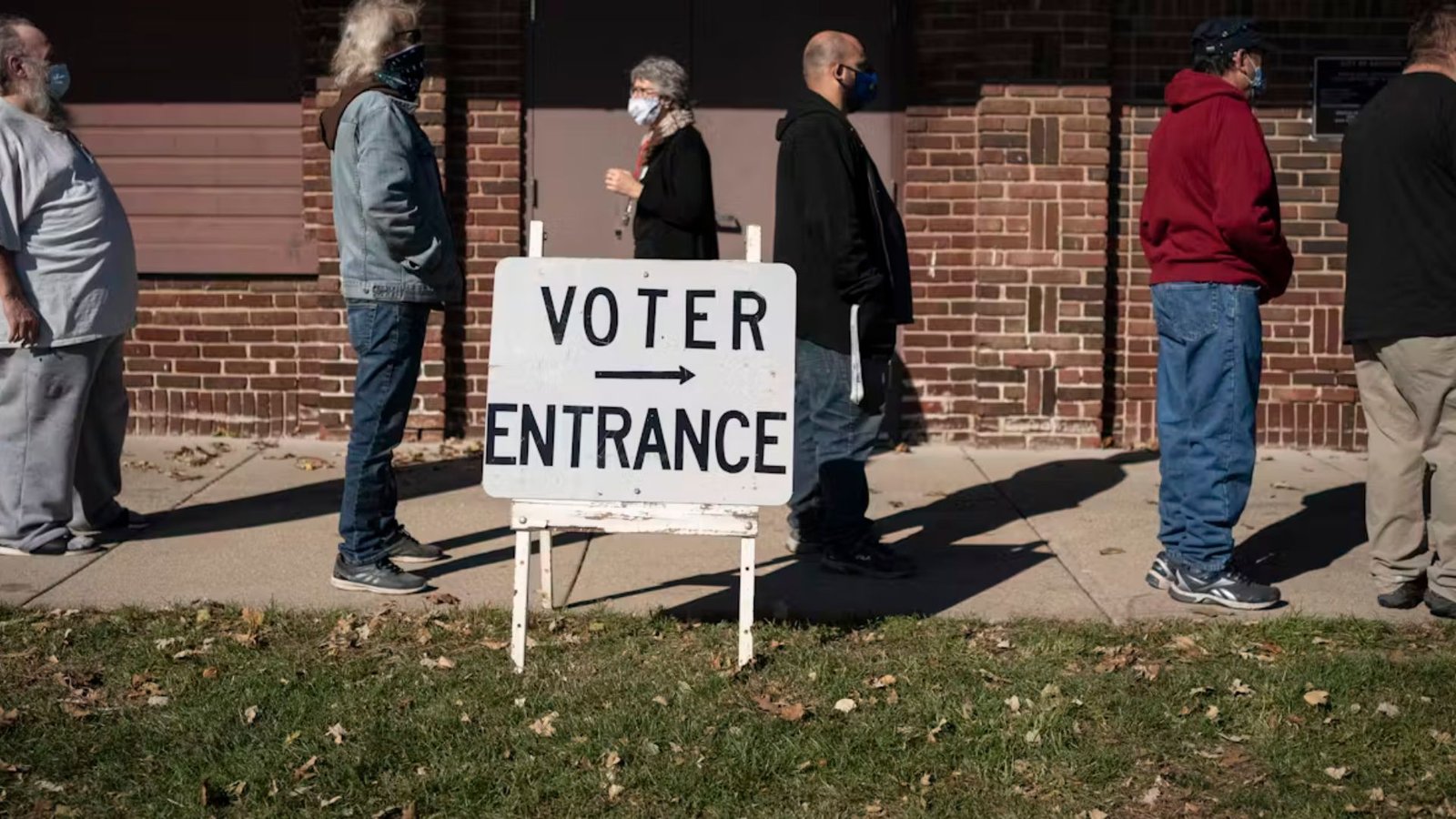Political polls are often used to gauge public opinion and predict election outcomes. However, interpreting these polls accurately requires careful analysis. Understanding how to analyze political polls can help you make sense of the data and avoid common misconceptions. In this blog post, we will discuss methods and tips for analyzing political polls accurately.

Understand the Polling Methodology
To analyze political polls accurately, start by understanding the polling methodology. Polls can vary widely in how they are conducted, which affects their reliability. Key factors to consider include:
- Sample Size: Larger sample sizes generally lead to more accurate results, as they better represent the population.
- Sampling Method: Check if the poll uses random sampling or other methods. Random sampling is more likely to produce unbiased results.
- Margin of Error: Every poll has a margin of error, which indicates the range within which the true value likely falls. A smaller margin of error means more precise results.
By examining these aspects, you can assess the quality and reliability of the poll data.
Look at the Timing of the Poll
The timing of a poll can significantly impact its results. Polls conducted closer to an election might capture different sentiments compared to those conducted earlier. Additionally, consider any events or news that might have influenced public opinion at the time of the poll. Understanding the context in which the poll was conducted helps in interpreting its findings.
Evaluate the Poll’s Sample
Analyzing the sample used in the poll is crucial. Ensure that the sample accurately reflects the population being studied. Look for:
- Demographic Representation: Check if the sample includes a representative mix of age, gender, race, and other demographics.
- Political Affiliation: Determine if the sample reflects the political makeup of the broader electorate.
A well-balanced sample improves the accuracy of the poll results and provides a clearer picture of public opinion.
Analyze the Poll’s Questions
The wording and structure of poll questions can influence responses. Look for:
- Question Bias: Assess whether questions are leading or biased in any way. Neutral and clear questions produce more reliable results.
- Response Options: Check if the response options cover the full range of possible answers and do not force respondents into a particular choice.
Accurately phrased and unbiased questions ensure that the poll reflects true opinions.
Compare Polls from Different Sources
Comparing results from different polls can provide a more comprehensive view. Polls from various sources may have different methodologies and sample groups, which can lead to varying results. By examining multiple polls, you can identify trends and gain a better understanding of overall public opinion. Look for consistency among polls to validate findings and consider any significant discrepancies.
Consider the Poll’s Historical Accuracy
Review the historical accuracy of the pollster. Established pollsters with a track record of accurate predictions are generally more reliable. Look at past elections and how well their polls predicted outcomes. However, even reputable pollsters can make errors, so it’s important to consider their track record alongside other factors.
Watch for Trends, Not Just Numbers
While individual poll results are useful, trends over time provide more insight. Observe how poll numbers change and whether there are shifts in public opinion. Trends can indicate whether a candidate’s support is growing or declining, which can be more informative than a single snapshot.
Conclusion
Analyzing political polls accurately involves understanding the methodology, evaluating the sample, examining question wording, comparing different polls, and considering historical accuracy. By following these tips and looking beyond the numbers, you can gain a clearer and more accurate understanding of public opinion and electoral trends. With careful analysis, you can navigate the complexities of poll data and make more informed conclusions about political landscapes.



